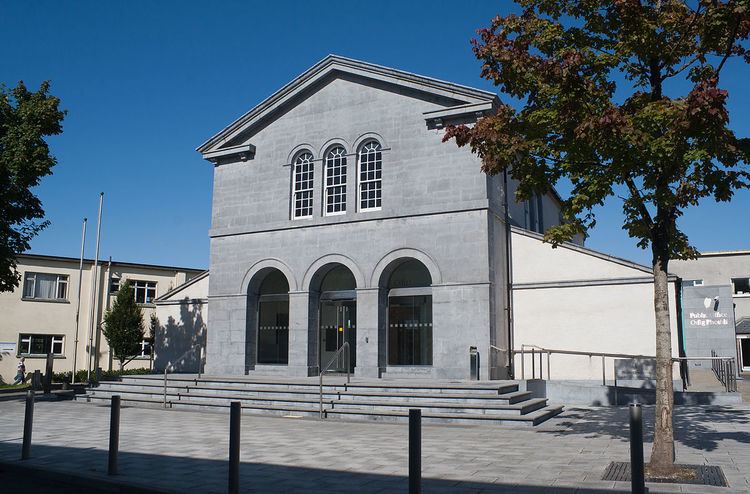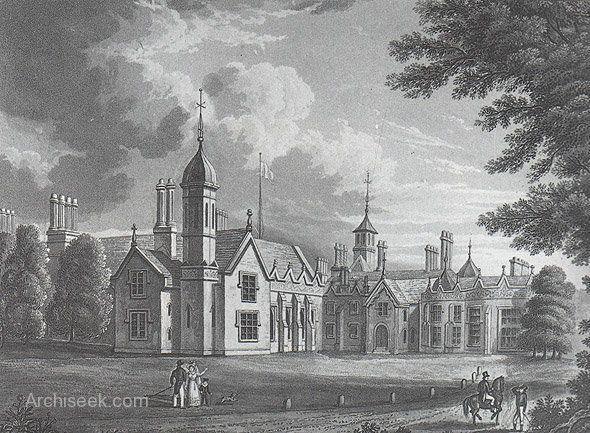Name William Morrison Role Architect | Died October 16, 1838 | |
 | ||
William Vitruvius Morrison (1794 – 16 October 1838) was an Irish architect, son and collaborator of Sir Richard Morrison.
Contents

Life
He was born at Clonmel, County Tipperary, second son of Sir Richard Morrison (1767–1849). His middle name derives from the first century B.C. Roman architect Marcus Vitruvius Pollio. Sir Richard headed a successful private architectural practice and was architect to Trinity College, Dublin. He joined his father's practice in 1809. In 1821 he made an extensive tour of Europe, including visits to Rome and Paris. Upon his return he built up a successful practice, but later his health broke down. After a second visit to the continent he died in his father's house at Bray, County Wicklow, on 16 October 1838 and is buried in Mount Jerome Cemetery, Dublin.
Works
Morrison designed a number of works with his father, including Baronscourt, County Tyrone (from 1835)), Kilruddery, County Wicklow, Ballyfin, County Laois and Fota, County Cork.
Notable houses that he designed himself include Clontarf Castle, Clontarf, County Dublin (1836–1827), Glenarm Castle and Barbican, Glenarm, County Antrim (1823–1824), Hollybrooke House, Bray, County Wicklow (1835) and Mount Stewart, Newtownards, County Down (1825–1828).
His public buildings include Salmon Weir Bridge, Galway (1819), Wicklow Gaol (1822), Carlow County Court House (1828), Tralee County Court House, County Kerry (1828) and the Ross Monument, Rostrevor, County Down (1826), commemorating Major-General Robert Ross (1766–1814).
